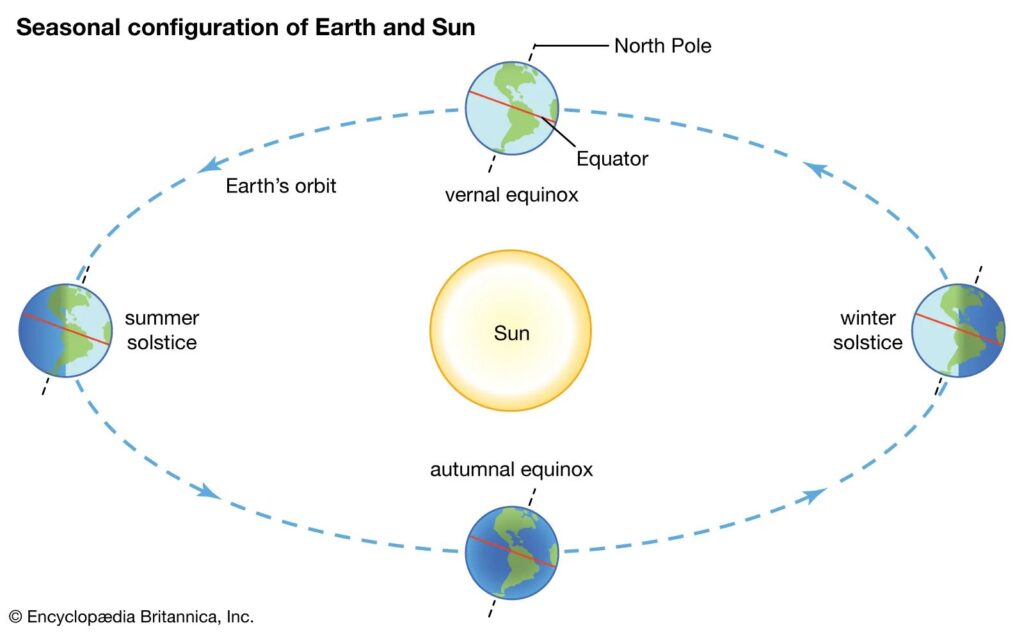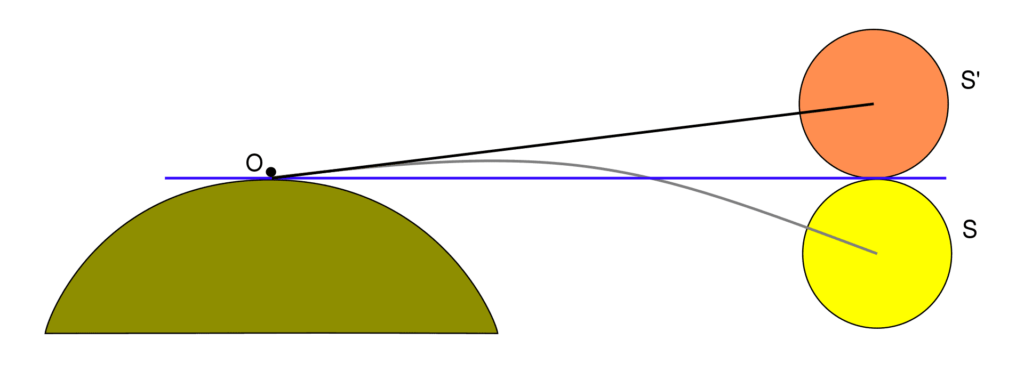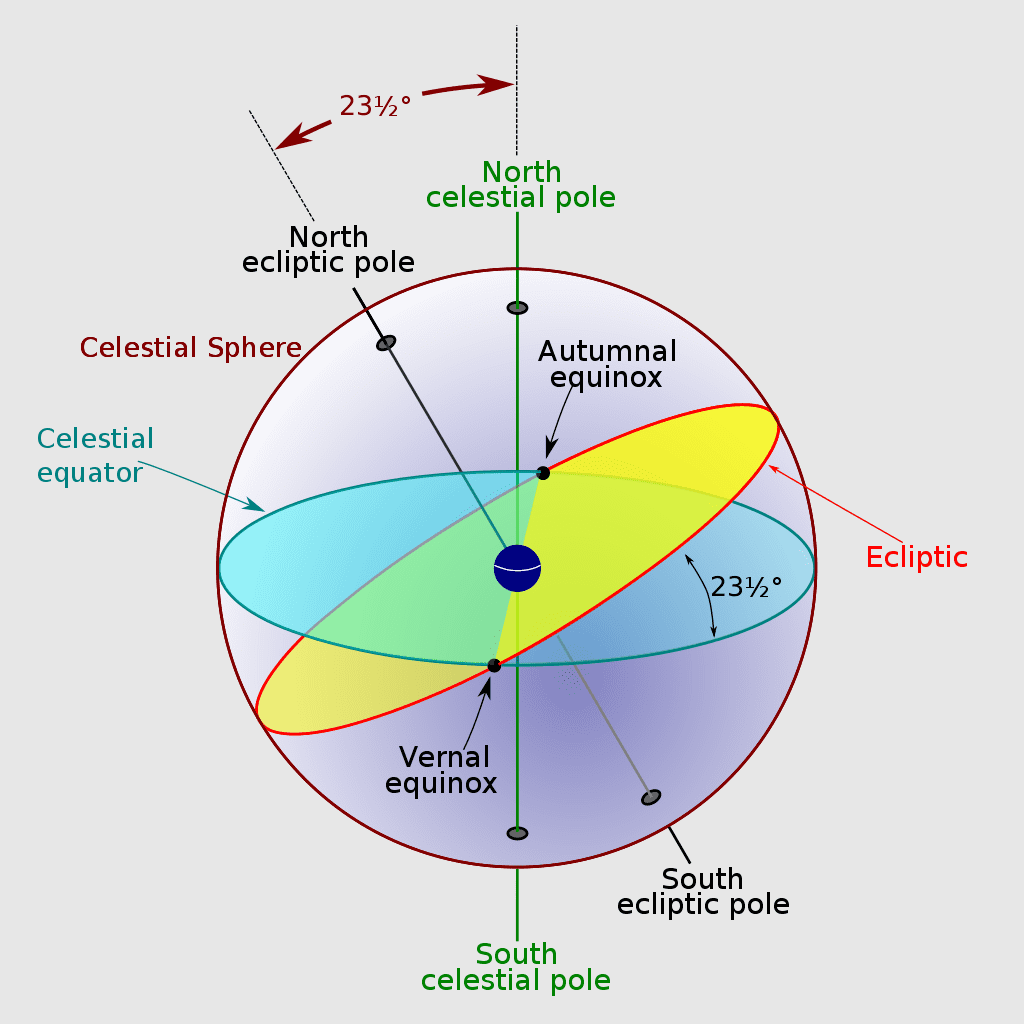September 22 marks the autumnal equinox for the Northern Hemisphere, when the Sun crosses the celestial equator. But what about day and night being the same length? As it turns out, there’s a bit more to the story.

What is an equinox?
We all know that winter days are shorter and summer days are longer. This means there are two times a year when day and night are equal. Even in ancient times, scientists noticed this by watching the Sun. They figured out that in spring, it happens on March 20, and in autumn, on September 22. The vernal equinox occurs when the Sun is in Aries, while the autumnal equinox takes place in Libra. Over time, the two constellations became markers for these key moments in the astronomical year.
Things are quite different in modern day. For starters, the signs of Aries and Libra are misleading. The Sun used to be in those constellations during the equinoxes, but due to the axial precession of Earth, it has now shifted into Pisces and Virgo. So, the accepted designations are more about tradition than where the Sun actually is now.

Equinoxes around the world
Another important aspect of the September equinox is that it’s only true for North America, Europe, and other regions in the Northern Hemisphere. After this point in the year, nights indeed become longer than days. In the Southern Hemisphere, however, like in Australia and Antarctica, it marks the beginning of spring, ushering in a transition from darkness to light.
As for the duration of daylight on September 22, it isn’t exactly twelve hours as one might expect. The Earth’s curvature and its atmosphere cause the day to feel longer, with this effect becoming more pronounced the farther you are from the equator. The horizon appears lower, and the atmosphere distorts the Sun’s rays.
Additionally, the definition of daylight plays a role: the day begins when the Sun first appears above the horizon and ends when the last rays disappear in the evening. This adds a few extra minutes to the day. In reality, at many latitudes in both the United States and Europe, day and night become equal only a few days later, around September 25.
This displacement of equinoxes is more pronounced at the Earth’s poles, where day and night alternate over six-month periods. Theoretically, on September 22, the Sun should set for the last time at the North Pole and then rise at the South Pole, for the first time in six months. In reality, though, it sets over the North Pole two days later and rises over the South Pole two days earlier.
Celestial equinox
As it can be rather difficult to determine sunrise and sunset times across different regions, scientists have shifted away from the traditional definition. Now, the equinox is defined as the moment when the center of the Sun crosses the celestial equator. This equator is an imaginary line that runs at equal distance from the two points where the Earth’s axis intersects with the celestial sphere.
This approach helps pinpoint the equinox more accurately, down to minutes and seconds, and is consistent no matter where you are on Earth. However, the timing can vary from year to year, so the autumnal equinox in the Northern Hemisphere might not always fall on September 22; it can also occur on September 23, and in rare cases, even on the 21st or 24th.
There are several reasons for this. The main being that a complete revolution of the Earth around the Sun is not exactly 365 days, but almost six hours more. As a result, each year, the equinox shifts by this number of hours, and in a leap year, it jumps back.
However, the timing of the equinox depends on other factors as well. The Earth, for one, actually revolves around the center of mass of the solar system, rather than directly around the Sun, which also contributes to the changes. This center of mass can shift significantly in relation to our star, largely due to the gravitational pull of Jupiter and Saturn.
This year, the equinox occurs on September 22, at 08:43 EDT in the United States and 14:43 CEST in Europe.




